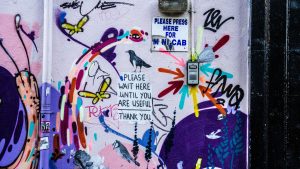The learning people gain with us isn’t only measured by what others think, but by what the learner understands.
Self assessment, learning how to help others assess their own learning and taking part in ensuring that assessment comes alive in a direct way is all part of self and peer assessment.

Peer Learning and the Peer Principle
The peer principle is the foundation of all authentic and genuine human meeting.
People working as peers work from a basis of mutuality and challenge – that includes conflict and opposition as well as joint problem-solving.
Peer learning is the free association of adults in a learner-shaped environment.
People learning in this way have to negotiate their approach to the work they are to do together.
This means more than developing a few ground rules: it involves working through the context; content; timing; management and assessment of the learning.
Oasis has over 20 years’ experience introducing self and peer assessment methods to individuals, groups and organisations, and supporting other radical initiatives in organisations and companies to move toward peer working.
The vigour of a peer learning group depends upon visibility, choice and collaboration.
Visibility
Peer learning depends upon individual participation: identifying and expressing one’s own learning needs and preferences.
People must find what it is like to hold their own space, become recognised and acknowledged by their colleagues, and become willing to engage in and with the differences that are revealed.
Choice
It is through the examination of choices and how they influence one’s opportunities that many participants begin to recognise that they only choose at a very rudimentary level.
‘Choosing’ can, however, be based on a deep recognition of individual needs and preferences, with an openness and willingness to revise choices in the light of what is revealed as others declare their choices.
Collaboration
Collaboration depends upon the degree to which a person can work with visibility and choice. Unless a peer group actively seeks to examine its own life, it quickly, like any other group, develops recognised formations of pairings and sub-groupings.
This results in limiting creativity and experimentation, reducing opportunities for group members to engage with each other and begins to replicate the features of group life in more traditional settings.
Collaboration takes time but when people work strongly together, though they do not all get all their needs met all the time, they all know that their needs have been taken into account, and a process is not agreed until it is agreed by all.











